The Bird of Paradise is a stunning plant with large leaves and vibrant flowers. It can add a tropical touch to your home. To grow it indoors, you need to know about lighting, watering, and expert tips. With the right care, you can enjoy its beautiful flowers and lush foliage.
Key Takeaways-Bird of Paradise Indoor Care
- Choose the right species for indoor growth, such as Strelitzia nicolai, which is more desirable due to its tolerance for low light.
- Provide optimal lighting, with at least a couple of hours of bright indirect light daily for Strelitzia nicolai.
- Maintain humidity levels, especially in winter months, to prevent dryness and promote healthy growth.
- Water deeply but infrequently, waiting for the top inch or two of soil to dry out between waterings.
- Use a balanced 10-10-10 (NPK) liquid fertilizer every two weeks in spring and once a week in summer to promote healthy growth and flowering.
- Monitor temperature and humidity levels to ensure optimal conditions for your Bird of Paradise plant, with a recommended temperature range of 65°F-85°F and humidity level of 60%.
- Repot your Bird of Paradise plant every 2-3 years to provide fresh soil and a larger pot if necessary, and consider using a soilless mix like Pro-Mix or Miracle-Gro potting mix.
By following these tips, you can grow a thriving Bird of Paradise indoors. It will add beauty and elegance to your home. With proper care, you’ll enjoy its stunning flowers and lush foliage.
Best Light for a Bird of Paradise Indoors
Understanding the lighting needs of a bird of paradise is key. These plants love bright, indirect light or full sun. They do well in a west or south-facing window. Even smaller plants can grow in an eastern window, making them great for indoor spaces.
For the best growth, give your bird of paradise at least four hours of light. This can be natural light or artificial light from grow lights. Grow lights help with photosynthesis, especially in winter or low-light areas.
Here are some tips for the best lighting for your bird of paradise:
- Place it near a south-facing window for lots of sunlight.
- Use sheer curtains to filter the light and avoid burning the leaves.
- Use grow lights in winter or in dark spots.
By knowing the lighting needs of your bird of paradise, you can help it thrive. With the right light, your plant will bloom beautifully. It will add a stunning touch to your home.
| Lighting Option | Recommended Placement |
|---|---|
| South-facing window | Direct sunlight, 4-6 hours |
| East-facing window | Indirect sunlight, 2-4 hours |
| Grow lights | Supplemental lighting, 12-14 hours |
Watering Bird of Paradise Indoors: How Much and How Often?
Watering your bird of paradise indoors needs the right touch. Water it every 1-2 weeks. This lets the soil dry out a bit before you water again. This method stops overwatering and root rot.
To know when to water, check the soil moisture. Stick your finger into the soil up to the first knuckle. If it’s dry, it’s time to water. Watering every 1-2 weeks is a good rule of thumb.
Watering Tips and Tricks
Here are some tips for watering your bird of paradise:
- Use filtered water to prevent mineral buildup in the soil.
- Allow the top 2-3 inches of soil to dry out between waterings.
- Water at the base of the plant, avoiding the leaves to prevent fungal diseases.
Follow these tips and a regular watering schedule to help your plant grow. Adjust your watering in winter when the plant is dormant and needs less water.
Temperature & Humidity: Creating the Perfect Environment
To make your Bird of Paradise plant happy, you need to know about temperature and humidity. The right indoor temperature and humidity are key for its growth and health.
The Sill says Bird of Paradise plants like temperatures between 65°F-85°F (18°C-30°C). They also prefer humidity levels of 50-70%. Keeping these conditions indoors can be tough, but there are ways to get it right for your plant.
Understanding Temperature and Humidity Requirements
Bird of Paradise plants do best in temperatures between 65-80°F (16-27°C). They can handle temperatures as low as 24°F (-4°C) without damage. The best humidity for them is 30-50%, but they can also do well in 60-70% humidity.
Here are some tips to keep your Bird of Paradise happy indoors:
- Keep the temperature steady between 65-80°F (16-27°C)
- Use a humidifier to keep humidity at 50-70%
- Make sure there’s good air circulation to avoid fungal diseases
By following these tips, you can create a perfect home for your Bird of Paradise. Always check the temperature and humidity to make sure your plant is in the best conditions.
| Temperature Range | Humidity Levels |
|---|---|
| 65-80°F (16-27°C) | 50-70% |
Best Soil and Pot for Bird of Paradise
To make your Bird of Paradise plant happy, choose the right soil and pot. The soil should drain well and be full of organic matter. Plants 101 suggests repotting every 2-3 years in a pot 1-2 inches bigger than the old one.
Think about the pot’s material and size. A pot that’s too small can harm the roots. But a pot that’s too big can make the soil too wet. Look for a pot that drains well and lets air in. Plastic or clay pots work well, as long as they have holes for water to drain.
Repotting Guide
Repotting your Bird of Paradise is easy. First, get a new pot with good draining soil. Carefully take the plant out of its old pot, being gentle with the roots. Put the plant in the new pot, adding soil as needed. Water it well after repotting, keeping the soil moist but not soggy. Repotting is key to keeping your plant healthy and strong.
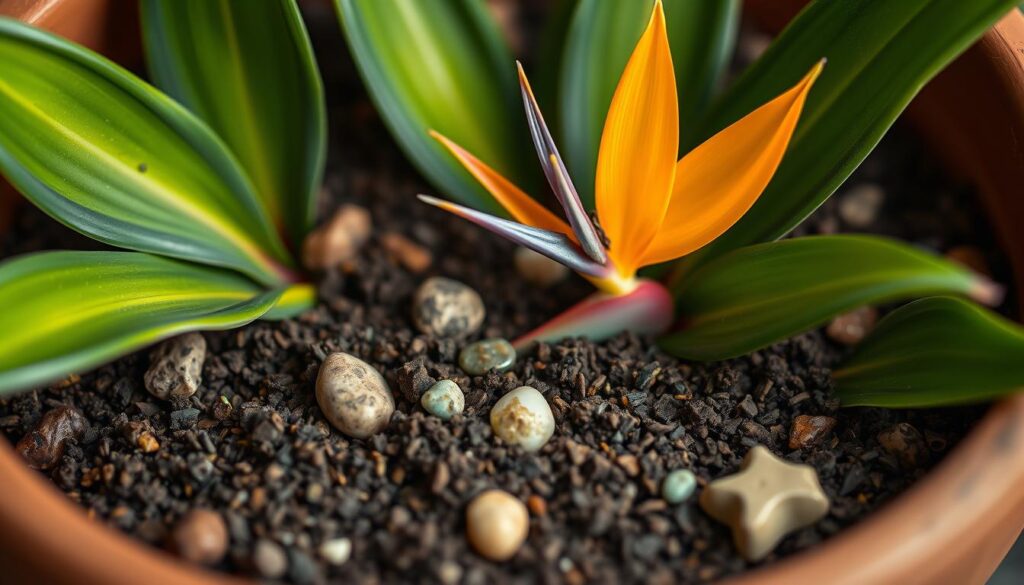
By following these tips, you can help your Bird of Paradise thrive. Repot every 2-3 years in a slightly bigger pot. With the right care, your plant will bloom beautifully and grow strong.
Fertilizer & Growth Tips: How to Make a Bird of Paradise Grow Faster
To help your bird of paradise plant grow well, choose the right bird of paradise fertilizer. The Sill suggests using a balanced, water-soluble fertilizer in spring and summer. This type of fertilizer gives your plant the nutrients it needs to grow.
Here are some bird of paradise growth tips to remember:
- Use a fertilizer high in phosphorus to encourage blooming
- Fertilize your plant weekly in spring and summer
- Reduce fertilization to once a month in winter
By following these tips and using the right bird of paradise fertilizer, your plant will grow faster and healthier. Always follow the fertilizer package instructions. Avoid over-fertilizing, as it can harm your plant.
With proper fertilizer and care, your bird of paradise plant will flourish. It will give you stunning blooms for many years. By learning how to fertilize bird of paradise and using these bird of paradise growth tips, you’ll become a great plant owner.
| Fertilizer Type | Application Frequency |
|---|---|
| Balanced, water-soluble fertilizer | Weekly during growing season (spring and summer) |
| High-phosphorus fertilizer | Once a month during winter months |
Pruning & Leaf Care: How to Keep It Looking Its Best
As you care for your Bird of Paradise plant, you’ll need to prune it often. Bird of paradise pruning helps remove dead leaves. This stops diseases from spreading and encourages new growth.
To prune a bird of paradise, start by cutting off dead or damaged leaves and stems. This helps the plant grow new, healthy parts. You can also trim it to keep its shape and size, perfect for indoor spaces.
Here are some tips for bird of paradise leaf care:
- Remove dead or damaged leaves to prevent the spread of disease
- Trim back the plant to maintain its shape and size
- Use sharp, clean tools to prevent bruising and infection
- Make angled cuts to promote healthy growth and prevent disease
How to Handle Splitting Leaves
One of the most common concerns for Bird of Paradise owners is leaf splitting—those long, vertical tears that appear in the plant’s large, tropical leaves. While this might look like damage, it’s actually a natural process that helps the plant withstand wind and improve air circulation in its native environment. However, excessive splitting may be a sign that your Bird of Paradise needs a little extra care.
Why Do Bird of Paradise Leaves Split?
Low humidity – Dry indoor air can cause leaves to split more frequently.
Air circulation – Natural splitting occurs to help the plant breathe, but too much wind or airflow from fans/vents can accelerate the process.
Handling & movement – Frequent brushing or moving the plant can stress the leaves, leading to tears.
Underwatering – If the plant isn’t receiving enough moisture, the leaves may become more brittle and prone to splitting.
How to Prune & Care for Split Leaves
While split leaves won’t heal, here’s what you can do to keep your plant looking fresh:
Trim damaged edges – Use clean, sharp pruning shears to carefully trim off excessively split or browning edges to maintain a healthy appearance.
Remove old, damaged leaves – If a leaf is mostly split or browning, prune it off at the base near the stem to redirect energy to healthy new growth.
Increase humidity – Consider using a humidifier or placing a tray with pebbles and water under the plant to reduce excessive drying.
Adjust air circulation – Keep the plant away from strong airflow (such as heating vents or fans) that may cause more splits.
Water properly – Ensure consistent, deep watering to keep the plant hydrated and its leaves flexible.
🌱 Pro Tip: If you want larger, healthier leaves with minimal splitting, try regularly dusting the leaves with a damp cloth to keep them hydrated and allow better photosynthesis.
By following these tips and practicing regular bird of paradise pruning, you can keep your plant looking great. Always use sharp, clean tools and make angled cuts. This helps prevent disease and promotes healthy growth.
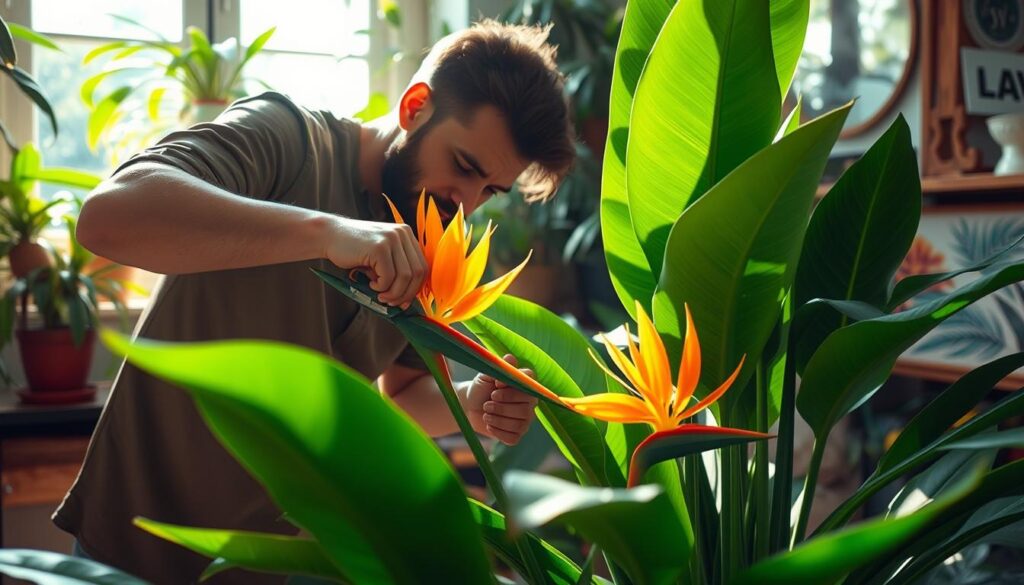
| Pruning Tip | Benefit |
|---|---|
| Remove dead or damaged leaves | Prevents the spread of disease and encourages new growth |
| Trim back the plant to maintain its shape and size | Helps maintain the plant’s appearance and promotes healthy growth |
| Use sharp, clean tools | Prevents bruising and infection, promoting healthy growth |
How to Get a Bird of Paradise to Flower Indoors
To get a bird of paradise to bloom indoors, you need the right conditions. The Sill says these plants can bloom indoors, but it’s rare. With enough light and care, you can make your plant bloom.
Bird of paradise plants need at least six hours of sunlight a day. This is key for growth and blooming. Also, keep the soil moist, fertilize every two weeks, and water less during the dormant period.
Keep the temperature between 65°F to 80°F. Also, maintain humidity levels like South Africa’s coastal brush. This is where the plant thrives.
Does Bird of Paradise Bloom Indoors?
Bird of paradise plants can bloom indoors, but it takes time and effort. Bright, indirect sunlight and well-draining soil with a pH of 5.5 to 7.5 help. To get your plant to bloom indoors, be patient, dedicated, and pay attention to detail.
Key Factors for Blooming
To get your bird of paradise to bloom indoors, consider these factors:
- Provide at least six hours of sunlight per day
- Maintain consistent soil moisture during the growing season
- Fertilize every two weeks with a half-strength water-soluble fertilizer
- Reduce watering to once a month during the dormant period
- Maintain a temperature between 65°F to 80°F and suitable humidity levels
By following these tips, you can encourage your bird of paradise plant to bloom indoors. Enjoy its stunning flowers.
Common Bird of Paradise Problems & Solutions
When you take care of your Bird of Paradise plant, you might face some common problems. Bird of paradise problems can include leaf splitting and pests. Plants 101 says that issues with bird of paradise plants include yellow leaves and root rot.
To fix these problems, knowing the causes is key. For yellow leaves, it might be too much or too little water. Make sure the soil is just right. Also, regular feeding, pruning, and repotting can prevent many issues.
Some other common problems with Bird of Paradise plants are:
- Leaf splitting or browning from too much heat or dryness
- Pests like mealybugs or spider mites
- Root rot from too much water
Knowing these issues and acting early can keep your Bird of Paradise plant happy and healthy. For more tips on caring for your tropical plants, check out trusted resources. They offer bird of paradise solutions and advice.
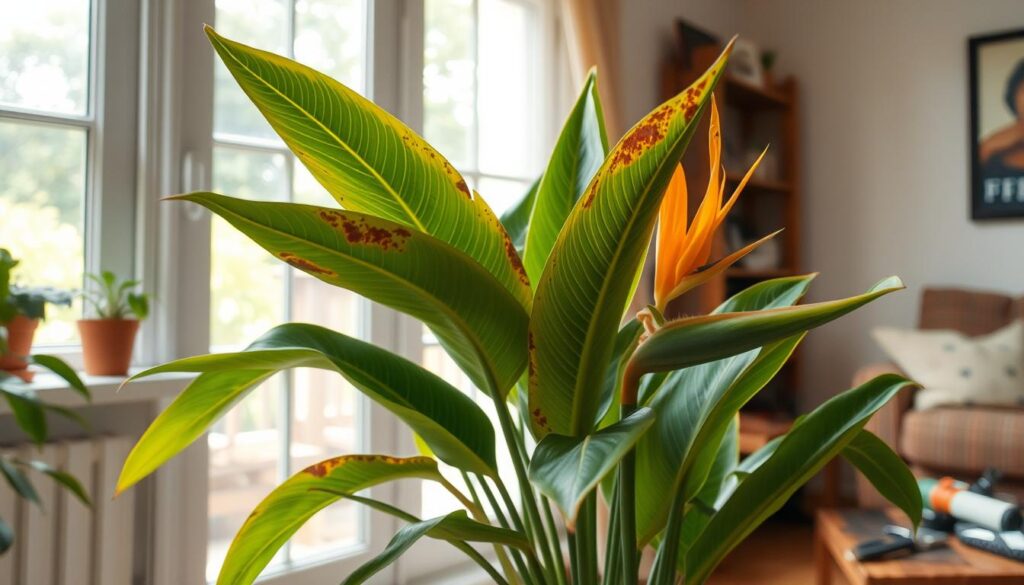
How to Propagate a Bird of Paradise
Sharing Bird of Paradise plants with friends and family is rewarding. Bird of paradise propagation means dividing the plant’s underground stem, or rhizome. The Sill says this method works well by separating the rhizomes and planting them in pots.
To begin bird of paradise plant division, cut a part of the rhizome with a few inches of stem. This helps the roots grow better. Also, trim off most leaves, leaving a few at the top. This reduces stress and helps the roots grow.
Here’s how to propagate bird of paradise:
- Cut a portion of the rhizome with a few inches of stem attached
- Trim excess leaves, keeping only a few at the top
- Plant the cutting in a pot that is at least 20% larger than the previous one
- Water the cutting sparingly, allowing the soil to dry out slightly between waterings
For more tips on plant care, check out trusted houseplant guide. With the right care, your Bird of Paradise plant will grow new leaves in a few weeks.
By following these steps and giving your plant the right care, you can enjoy its beauty for years.
Your Bird of Paradise Care Checklist
Keeping a bird of paradise plant healthy takes some work, but it’s worth it. Its beautiful leaves and flowers make it a standout. To help your plant grow well, make a detailed bird of paradise care checklist.
Make sure your bird of paradise gets plenty of bright, indirect light. Water it deeply every 2-3 weeks when it’s growing. Also, give it a balanced fertilizer in spring and summer.
With the right care, your bird of paradise will bring beauty to your home for many years.
Growing a Bird of Paradise indoors may seem like a challenge, but with the right care, it can become a stunning statement plant in your home. Remember the key essentials: bright light, consistent watering, proper humidity, and occasional feeding to keep it thriving. Whether you’re aiming for lush, tropical foliage or hoping for the elusive indoor bloom, following these care tips will give your plant the best chance to flourish.
As with any houseplant, patience is key! Your Bird of Paradise might take time to adjust to its environment, but with a little TLC, it will reward you with bold, exotic beauty for years to come.
Have questions or tips on growing a Bird of Paradise indoors? Drop a comment below—we’d love to hear about your experience!
Want more expert plant care guides? Sign up for the Trusted Houseplant Guide Newsletter and get exclusive plant care tips, troubleshooting advice, and the latest houseplant trends—straight to your inbox!
👉 Join our community of plant lovers today! Visit TrustedHouseplantGuide.com for more expert houseplant advice.


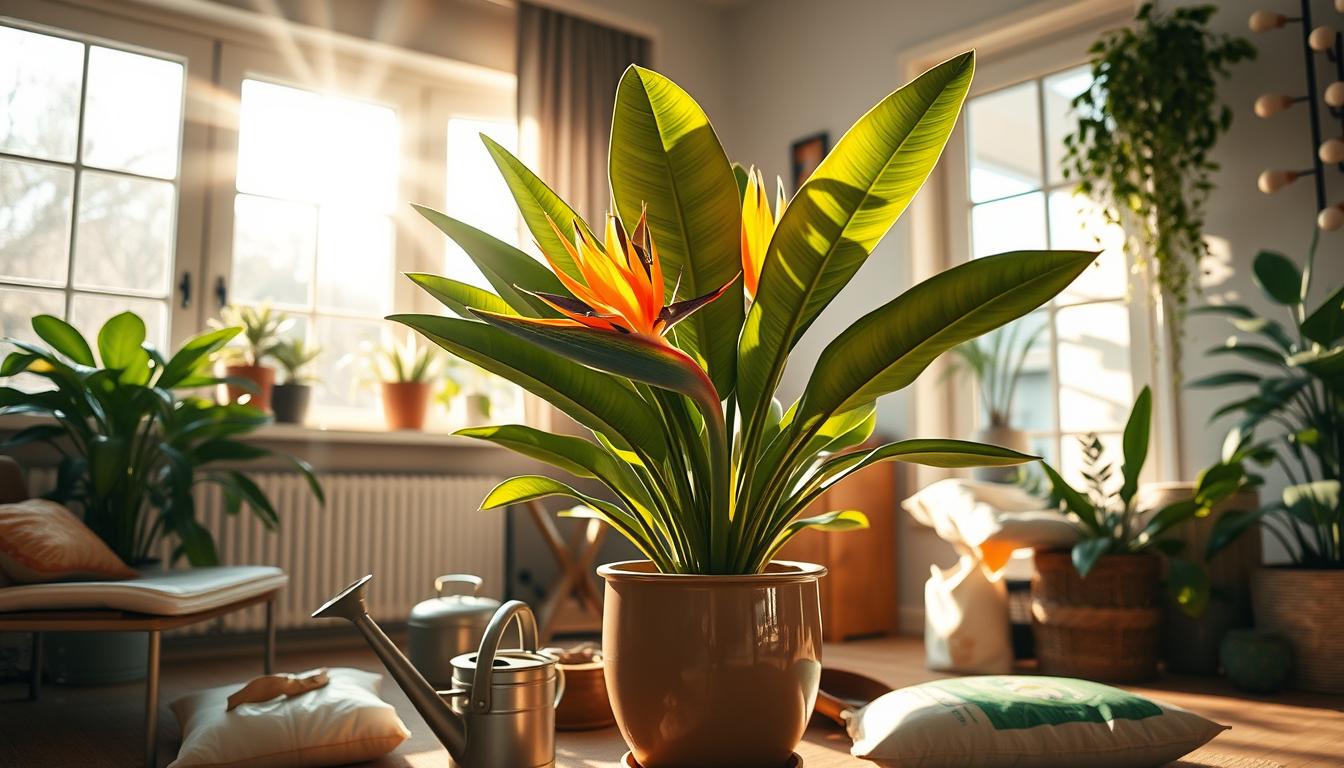
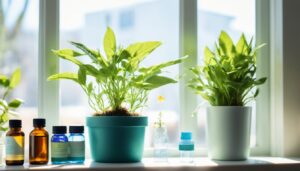
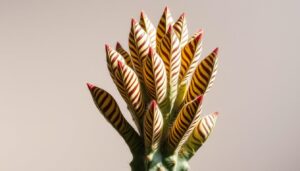
Pingback: The Ultimate Beginner's Guide to the Most Wanted Indoor Plant for 2025 - Trusted House Plant Guide